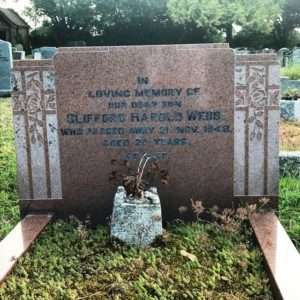The evenings have noticeably drawn in: a quarter to nine and the sun is setting. The shadows stretch long along the road and memories come of childhood games of trying stepping on the shadows of others and imagining, Peter Pan-like, being able to lose our shadows.
Walking down the road, I tried to recall the names of each family who lived here when we moved here fifty years ago, those whose summer evening quietness would have been disturbed by the shouts of children. The end house belonged to Maggie Barnard. There was the terrace of four newer council houses: Clark, Hawker, Brooks and Cullen. Then came the chapel and Small’s farmhouse. Finally, the six semi-detached older council houses, built in 1926: Peppard, Gardiner, Upham, Duddridge, Mitchell, and ourselves.
The chapel always seemed an odd presence. Only two houses would have existed on the road when it was built; had anyone ever gone to it?
The British History Online website gives a brief history of the building:
Bible Christians were using private houses in the parish from 1824 and Siloam chapel was built in Eastfield Road in 1841. It was licensed in 1847 and registered in 1854. In 1851 the Census Sunday congregation numbered 30 in the morning and 60 in the afternoon, though the afternoon average was 80. In 1907 it became part of the United Methodist church and in the Glastonbury circuit. In 1967 services were held every Sunday evening and on alternate Sunday mornings. The chapel was closed c. 1972.
By 1972, we had lived at the end of the row of houses for five years. I can remember details of Sunday life. In the morning, the paper man would deliver our copy of the News of the World, with all the football scores from the previous day. There would be roast dinner, with pudding afterwards. The Wall’s ice cream van would come down our road at about four o’clock. Sometimes, Mr Lloyd from Low Ham would call to deliver a free newspaper, Challenge: The Good News Paper: the paper never had anything interesting to read, but he was a polite man and we would never have refused to take a copy. Television viewing was meagre, Arthur Negus on Going for a Song and Jess Yates on Stars on Sunday.
Now, I wouldn’t presume to pit my memory against the website entry, but I have no memory of the chapel doors ever being open. A couple of hundred yards from home and it was still open in 1972? The chapel has left no shadows in my memory.


